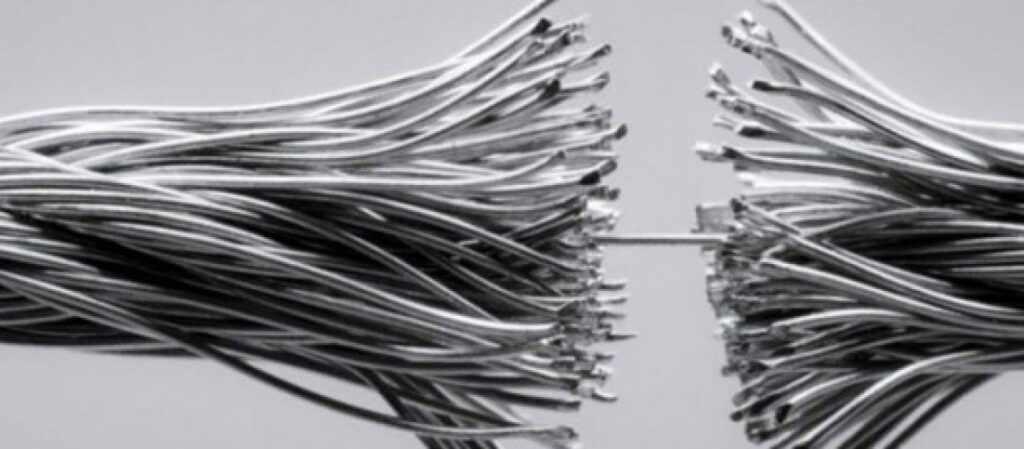The hoist inspection refers to the entire range of safety and operational factors that need to be considered during hoist operations. It identifies the potential threats to safety and the risk for a complete breakdown of hoist equipment, while also identifying the opportunities for efficient maintenance and re-use of hoist equipment. The inspection helps to ensure that the most suitable safety solutions are applied at all times when operating a hoist. This also helps ensure that the safest and most effective solutions are used to ensure the maximum operational benefit and minimal risk of breakdown and damage. The evaluation of the hoist and the subsequent hoist inspection is typically part of a comprehensive safety program for the facility. This safety program must take into account the specific operating conditions that apply to the specific hoist operations as well as the operating environment.
When an assessment has been completed on the hoist, the inspection team identifies specific areas that require further evaluation and review. These areas are then divided into two categories: normal and severe service conditions. A normal service condition refers to the hoist operations performed in accordance with normal standards. Severe service conditions usually refer to those operations that involve the use of unsafe equipment or require specialized knowledge.
First Stage Of The Hoist Inspection
The first stage of the hoist inspection involves checking for normal wear and tear. It includes pre-shift inspections, pre-start-up inspections, pre-load checks, pre-inspection of load drives, component inspection, and post-start-up inspections. All of these checks are required in all industries. They also identify any damage, irregular wear, or corrosion that may need to be repaired or restored prior to starting the next phase of the operation.
The second stage of the hoist inspection involves the identification of the main control component and the other components that are attached to the hoist. This portion of the inspection requires load testing, voltage and frequency testing, and frequency locking tests. These tests ensure that everything is operating in accordance with manufacturer specifications. Additionally, manufacturers are responsible for ensuring proper communication between all parts, by making certain all necessary connections and providing tested and certified wiring.
What needs to be done after finishing the inspections –
After performing the hoist inspection, it is important to identify any damage or deterioration to the main control component or other components. For example, an overhead crane could experience fatigue loads during the year, requiring periodic wiring and connection changes. If these changes are not made, serious and costly problems could result. Likewise, an electric hoist could encounter an overload during its annual checkup, requiring excessive wear and tear on wiring and causing the crane to eventually fail. Each of these situations requires the attention of the owner and operator, as well as a licensed and registered technician.
All electric and pneumatic cranes and hoists should undergo a thorough inspection at the beginning of every year. This will help identify problems and keep owners and operators up to date on maintenance. In addition, licensed technicians can perform a complete examination on your crane, giving you peace of mind that it is operating correctly. A good technician can also make suggestions about potential maintenance issues, giving you time to address the problem without expensive repairs. If your equipment experiences problems, make sure to schedule an inspection with a reputable hoist inspection service in your area.
The Importance of Tower Inspections And Their Results
When doing a tower inspection using a drone, ۔it takes highly skilled expertise to move extremely close to the tower with an integrated thermal imaging camera, ۔as well as a remote-controlled camera with high precision. The tower’s location will also play a major factor in the results of the inspection. For instance, if you are inspecting a small tower located in a populated area, ۔there is a chance of encountering other aircraft in the area. Also, taking a shot at a tower located in a mountainous region will most likely produce different results۔ than one operating in a gentler environment.
As most tower inspections are done by the FAA,۔ they do require that all inspections and evaluations are done by FAA-certified inspectors. This will ensure that the inspectors have received the proper training and are able to inspect the towers as needed. Also, ensuring that the tower is inspected on a regular basis, to prevent premature failures, is extremely important. This will allow the FAA to proactively monitor the condition of the towers, ۔helping them in the event of a major accident or incident, if necessary.
It is also important that all Tower Inspections are done by FAA-۔certified inspectors to ensure the integrity of the tower structure. The inspection must include a thorough examination of any mechanical and airborne components found on or within the tower. Additionally, analyzing and evaluating the electrical wiring system, as well as observing the insulation in the tower is critical. Ensuring that tower inspections are done regularly can prevent۔ the structural integrity of the tower from failing due to natural disasters, ۔weather, or aircraft impact, improving the safety of the tower and its occupants. If you would like to know more about these services then you can visit various online sites such as https://www.infrastructurepc.com/




